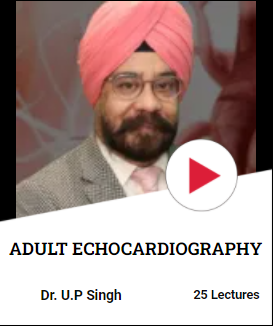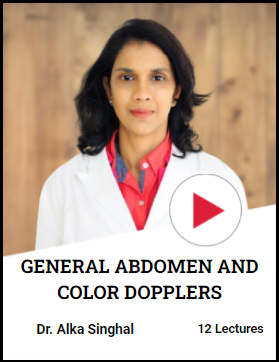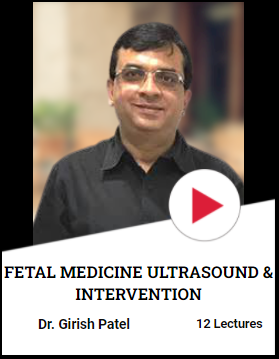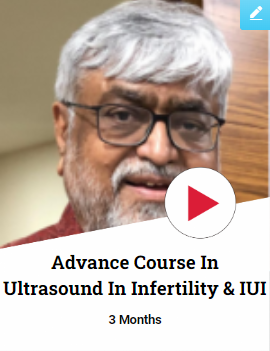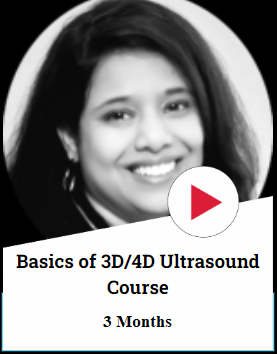Introduction
Echocardiography helps develop live images of the heart called the echocardiogram, which helps medical professionals monitor the functioning of the heart. It helps doctors find out heart-related defects and issues like blood clots, the problem in the functioning of the heart valves, and more. Echocardiography is a skill that medical professionals like cardiologists and ultrasound technicians are required to know. Echocardiography can help in situations like the trauma center, hypotension, and cardiac arrest. Attaining echocardiography skills require training and practice with related courses and staying up to date with the latest technology. Knowing how to use the technology, being able to capture the images accurately like experience and practice.
What is an apical view?
The apical window is the second widow that is imaged, the patient is generally made to lay on their left side for accurate results. The four-chamber view is the most important, the transducer is positioned to the left side. The transducer is moved either medially or laterally such that the structure is displayed parallel to the ultrasound.
The main goal of imaging techniques is to get long, short axis, subxiphoid and apical views. The scanning techniques require the patient, probe and picture the 3Ps. When using the transducer, the medical professional can place the transducer on the right side, the left side, or move to the 4th or the 5th chamber, rotate the transducer clock-wise, anti-clockwise, 180 degrees, and other techniques that will help get the most accurate image.
Apical- when placing the transducer, it can be placed on the nipple line and rotate along with the apical four-chamber, two-chamber, and apical long view to the heart. In the apical four-chamber view the right side of the heart is displayed on the left and the left larger side is displayed on the right side of the display image, as shown in the image below.
The transducer will require slight adjustments in angle to get the view of all four chambers. The basic meaning of apical is getting the top view with complete access to the chambers of the heart. With the right adjustment of the angle and the rotation one can achieve an Apical 4C view, Apical 5C view, RV focused view, RV modified view, Apical 2C view and Apical 3C view.
Apical view of the heart is one of the ways to view all four chambers of the heart, the benefits of this is –
The sonographer can find some of the sonographic landmarks used as reference points to identify the anatomy of the heart and the issue. The quality of the test is improved by making the necessary changes in the depth and adjusting the gain.
Learn the techniques, tips, and tricks of getting an apical view through echocardiography with Onelearninghealthcare.com. Improve patient care to a great extent by learning from our expert doctors, stay updated with the most recent technology. Get started today!
References-
- https://www.123sonography.com/ebook/apical-window
- https://www.google.com/search?biw=1280&bih=578&sxsrf=ALeKk03JBbh5TkRPzv_uqxV3rzn5YWyh-Q:1615410811906&source=univ&tbm=isch&q=apical+view&sa=X&ved=2ahUKEwiik_Cc0qbvAhVGwTgGHaA3C2cQjJkEegQIIRAB
- https://www.acep.org/sonoguide/cardiac.html
- https://www.ncbi.nlm.nih.gov/pmc/articles/PMC3232574/
- https://www.renalfellow.org/2019/12/02/focused-cardiac-ultrasound-abnormalities-on-the-apical-view/
- https://www.healthline.com/health/echocardiogram#:~:text=Echocardiography%20is%20a%20test%20that,clots%20in%20the%20heart%20chambers
- http://sites.austincc.edu/sonography-resources/2d/apical-window/




